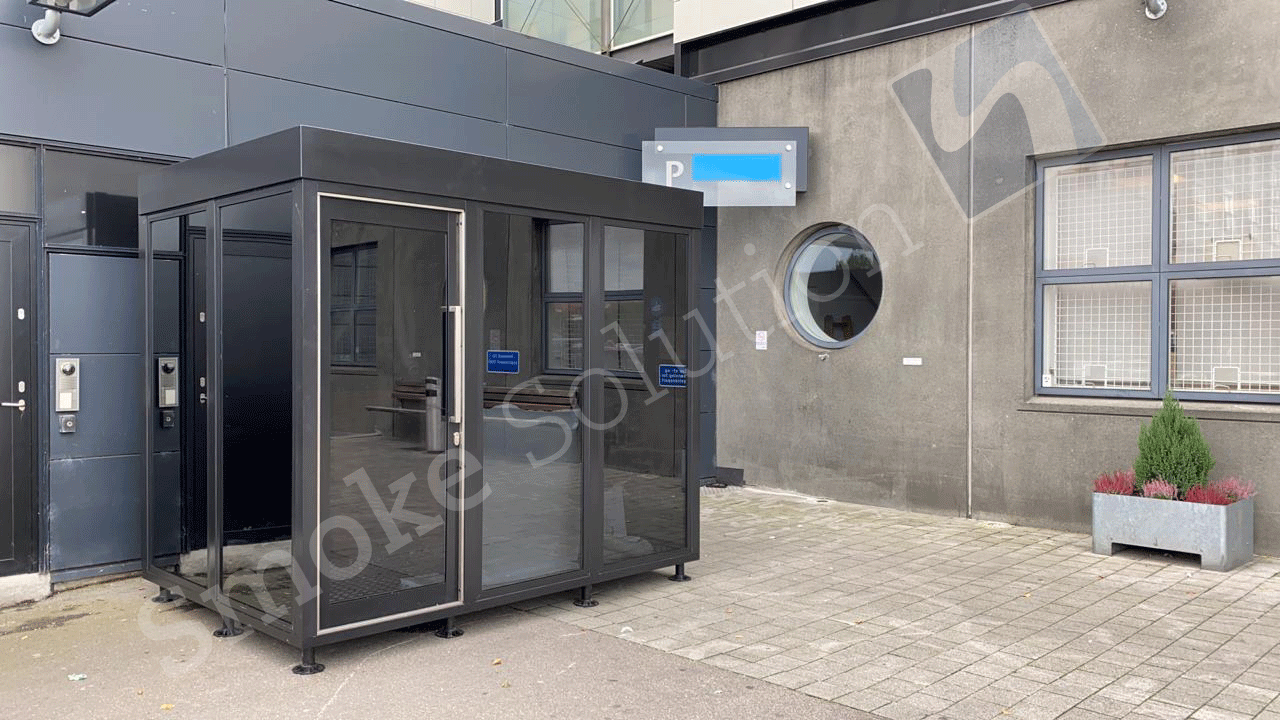If you’ve ever experienced food poisoning, you know that it isn’t pleasant. You might experience vomiting and diarrhea, nausea, fever, or other flu-like symptoms. It can be an extremely uncomfortable experience and one most people want to avoid having to go through again. Because of this, many people are trying to find ways to prevent food poisoning before it happens. However, preventing food poisoning isn’t always as easy as just being more cautious about the foods you eat. Some individuals are more prone to get sick from certain types of foods than others, so it’s not something that is in your control every time you eat something. Luckily, there are some things that you can do to increase your chances of avoiding food poisoning the next time it happens to you.
Activated carbon charcoal is often used to treat food poisoning. It can be used to treat a variety of different types of food poisoning and is known for being particularly effective at treating salmonella, E. coli, and staphylococcus food poisoning. In order for activated charcoal to be effective at treating food poisoning, you need to start taking it as soon as possible after ingesting the contaminated food. The sooner you start taking it, the more effectively it will work. If you’re at risk of getting food poisoning from a certain food, you can increase your chances of avoiding it by taking activated charcoal before eating the contaminated food. It works by binding to the toxins that cause food poisoning and removing them from the body. This is important because it prevents the toxins from causing any damage by binding to them before they get a chance to.
How To Use It to Prevent Food Poisoning?
To use activated carbon charcoal to prevent food poisoning, it’s recommended that you take it 1-2 hours before consuming the food that you may be at risk of getting sick from. For example, if you’re eating out at a restaurant and are worried about getting sick from the food, you can take a dose of activated charcoal before eating. This will help ensure that the toxins in the food aren’t absorbed into your body. You can take activated charcoal in a few different ways. You can take it as a powder mixed into water, mixed into yogurt, mixed into applesauce, mixed into a smoothie, or as a granule mixed into hot water.
Pros Of Using Activated Carbon Charcoal
– Activated charcoal is effective at treating food poisoning. If you experience food poisoning, taking activated charcoal will greatly reduce the duration and severity of your symptoms.
– Activated charcoal is cheap and easy to get. It’s readily available for purchase at most drugstores and health stores and only costs a few dollars.
– Activated charcoal is safe for most people. The only people who shouldn’t take activated charcoal are those who are pregnant or breastfeeding.
– Activated charcoal can be used preventively. You can take it before eating at a restaurant that you’re worried might serve you contaminated food to greatly reduce the risk of food poisoning.
Cons Of Using Activated Charcoal
– Activated charcoal can cause gastrointestinal issues. Activated charcoal can cause diarrhea, cramping, and bloating.
– Activated charcoal is only effective at treating food poisoning if you start taking it soon after ingesting the contaminated food. If you wait too long to take it, it won’t be as effective. If you experience food poisoning and want to use activated charcoal to treat it, you need to take it as soon as possible. Waiting too long to take it will reduce the effectiveness of it.
In conclusion, if you’re at risk of getting food poisoning, taking activated carbon charcoal can help reduce the risk of it happening. It’s important to note that activated charcoal only helps if you take it before ingesting the contaminated food. Activated charcoal is a great way to prevent food poisoning. However, it’s important to keep in mind that it isn’t 100% effective. Sometimes food poisoning can occur even if you take activated charcoal as instructed. While activated charcoal isn’t a 100% foolproof way of preventing food poisoning, it is an easy and inexpensive way to reduce your risk of getting sick from contaminated food. However, this also need to be discussed and consulted with your doctor.



